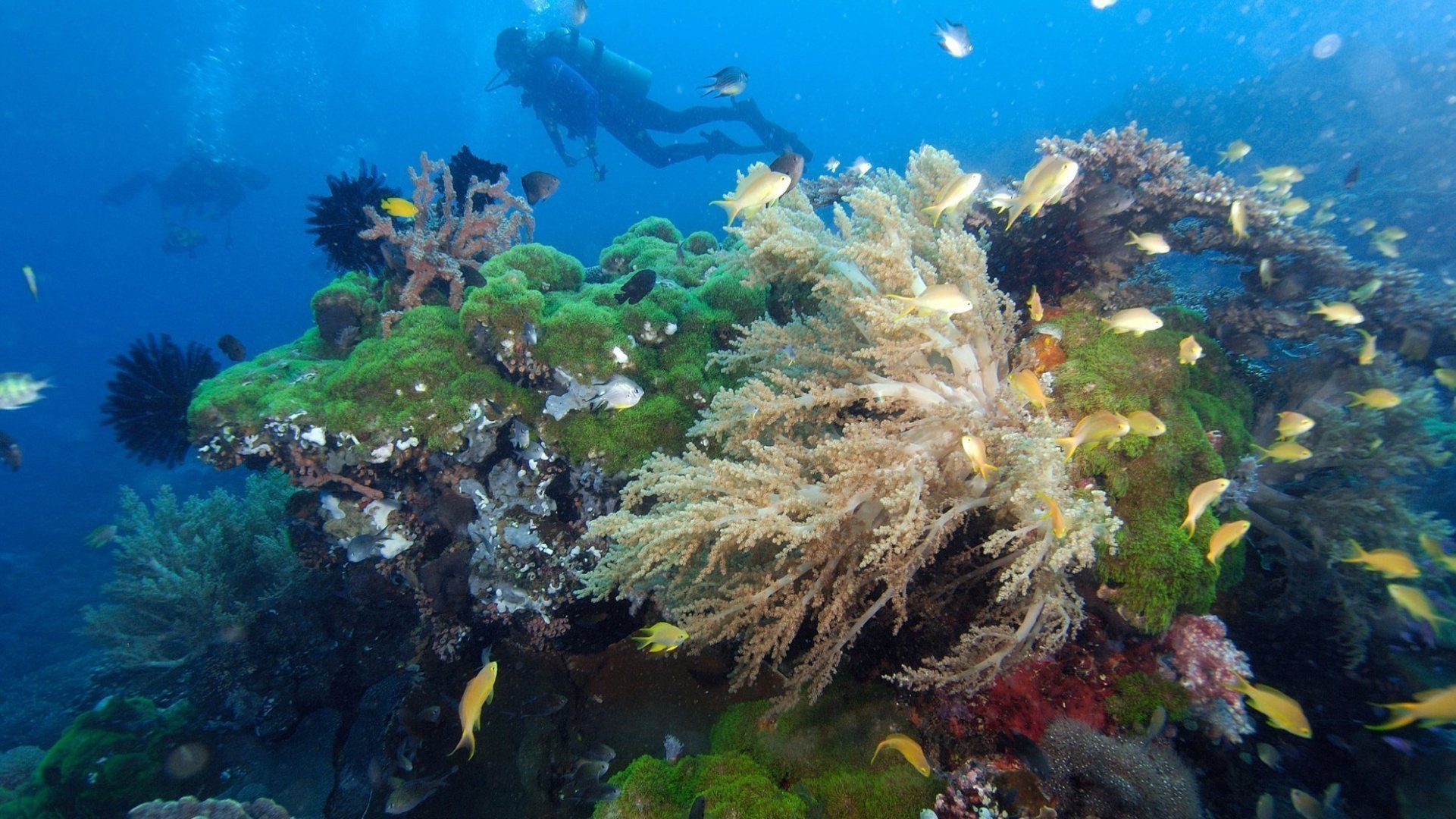Have you ever wondered about the hidden gems that lie beneath the surface of Mexico’s Pacific Coast? Well, get ready to be amazed by the breathtaking coral reefs that await you! In this article, we’ll take you on a journey to explore these vibrant ecosystems and all the wonders they have to offer.
When you think of Mexico, you may instantly picture its vibrant culture, delicious cuisine, and stunning beaches. But did you know that Mexico is also home to some of the most thriving coral reefs in the world? Along the Pacific Coast, from Baja California to the state of Oaxaca, lies a vast underwater paradise waiting to be discovered. These coral reefs are teeming with a diverse array of marine life, from colorful tropical fish to majestic sea turtles. Whether you’re an experienced scuba diver or simply enjoy snorkeling, exploring these reefs is an experience you won’t want to miss.
In the upcoming article, we’ll dive deep into the different regions along Mexico’s Pacific Coast, discussing the top spots for coral reef exploration, such as Cabo San Lucas, Puerto Vallarta, and Huatulco. We’ll also provide you with essential information on Mexico tourism, travel, hotels, attractions, and of course, the stunning beaches that line the coastline. So, get ready to be immersed in the beauty of Mexico’s Pacific Coast and discover why these coral reefs are truly a sight to behold.
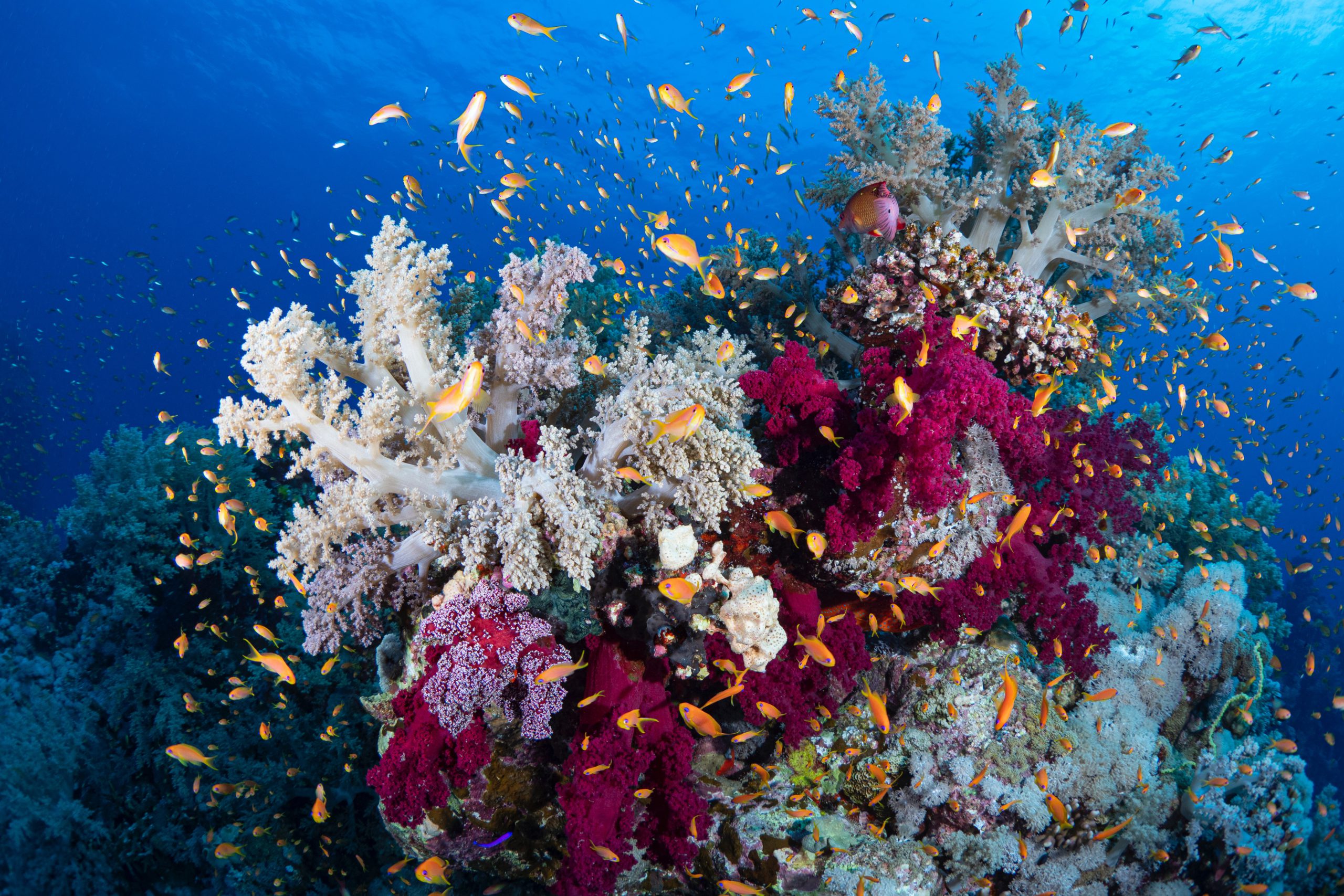
The Beauty of Mexico’s Pacific Coast Coral Reefs
Mexico’s Pacific coast is home to some of the most breathtaking coral reefs in the world. These underwater ecosystems are teeming with vibrant marine life, exotic coral species, and offer a unique glimpse into the wonders of the ocean. In this article, we will explore the beauty and importance of Mexico’s Pacific coast coral reefs, the diverse species that inhabit them, and the conservation efforts being undertaken to protect these fragile ecosystems.
An Overview of Mexico’s Coral Reefs
Mexico boasts an extensive coastline along the Pacific Ocean, stretching over 4,000 kilometers. Along this coastline, from Baja California down to Oaxaca, lie numerous coral reefs that are a sight to behold. These coral reefs are home to a wide array of marine life, including fish, corals, marine mammals, and reptiles.
The Importance of Coral Reefs to Marine Life
Coral reefs are often referred to as the “rainforests of the sea” because of their rich biodiversity. They provide habitat, food, and shelter for countless marine species, making them essential for the health of the oceans. Coral reefs also protect coastlines from erosion by acting as natural barriers against waves and storms.
The Diverse Species Found in Mexico’s Pacific Coast Coral Reefs
Mexican coral reefs are home to a diverse range of species, both big and small. Colorful fish species, such as parrotfish, angelfish, and butterflyfish, can be found swimming among the corals. Exotic coral species, such as brain coral and pillar coral, create a stunning underwater landscape. Besides fish and corals, marine mammals like dolphins and whales, as well as reptiles like sea turtles, also call these reefs their home.
Location and Geography
The Stretch of Mexico’s Pacific Coast with Coral Reefs
Mexico’s Pacific coast, from Baja California down to Oaxaca, is dotted with coral reefs. Some of the most popular locations for coral reef exploration include the Gulf of California, the Revillagigedo Islands, and Huatulco. These areas offer pristine diving and snorkeling opportunities for visitors to immerse themselves in the beauty of Mexico’s coral reefs.
The Unique Environment of Mexico’s Coral Reefs
Mexico’s Pacific coast is characterized by warm waters, strong currents, and nutrient-rich upwellings. These conditions create the perfect environment for coral reefs to thrive. The combination of sunlight, warm temperatures, and ample food supply allows the coral polyps to grow and build their intricate structures, forming the foundation of the vibrant underwater world.

Exploring the Underwater World
Snorkeling in Mexico’s Pacific Coast Coral Reefs
For those who prefer to stay near the water’s surface, snorkeling is a popular activity to experience Mexico’s coral reefs. With a snorkel, mask, and fins, you can float along the water’s surface and marvel at the colorful coral formations below. Snorkeling allows you to witness the beauty of the reefs up close and observe the myriad of fish species that call these reefs their home.
Diving Adventures in Mexico’s Coral Reefs
If you’re looking for a more immersive experience, diving is the perfect way to explore Mexico’s Pacific coast coral reefs. With numerous dive sites available, ranging from shallow coral gardens to deep-sea trenches, divers of all levels can discover the wonders of the underwater world. From swimming alongside majestic manta rays and whale sharks to encountering elusive seahorses and octopuses, diving in Mexico’s coral reefs is a truly unforgettable experience.
Fascinating Marine Life
Colorful Fish Species in Mexico’s Coral Reefs
Mexico’s Pacific coast coral reefs are home to a dazzling array of fish species. From the vibrant orange and white clownfish to the striking blue and yellow angelfish, these reefs are a kaleidoscope of colors. The vibrant fish species that inhabit these reefs add to the allure and beauty of the underwater world.
Exotic Coral Species Found in Mexico’s Pacific Coast
The coral species found in Mexico’s Pacific coast coral reefs are just as diverse and breathtaking as the fish that inhabit them. Massive brain corals, delicate sea fans, and unique pillar corals can be seen in various colors and shapes. These corals create a mesmerizing underwater landscape, providing shelter, food, and breeding grounds for a multitude of marine life.
Marine Mammals and Reptiles of Mexico’s Coral Reefs
In addition to fish and corals, Mexico’s coral reefs are also home to an abundance of marine mammals and reptiles. Playful dolphins can often be spotted frolicking in the waves, while majestic humpback whales migrate through these waters. Sea turtles, including the endangered green and hawksbill turtles, nest and forage along the coast, making these reefs crucial for their survival.
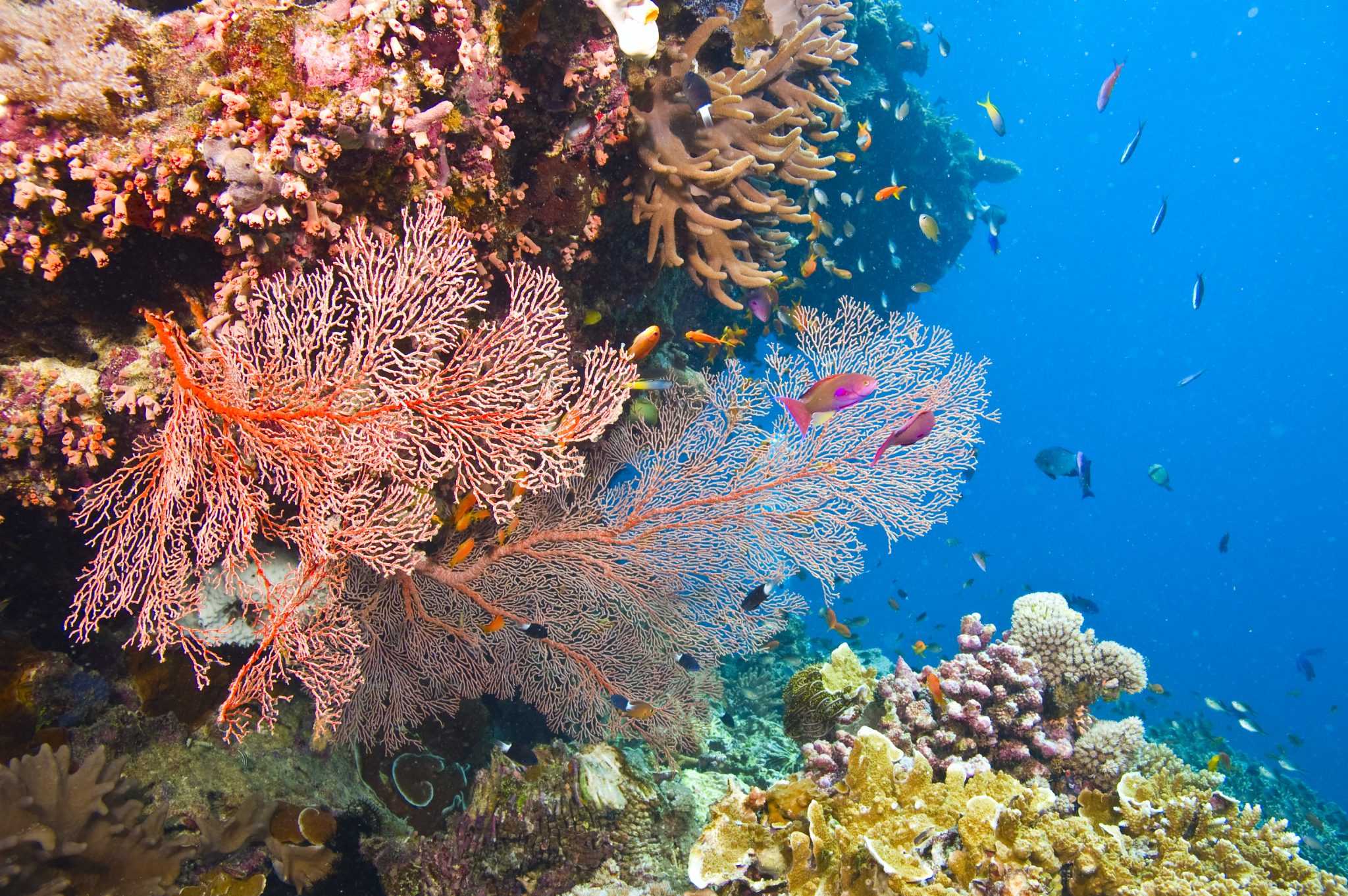
Conservation Efforts
The Importance of Protecting Mexico’s Coral Reefs
As the impacts of climate change, overfishing, and pollution threaten the health of the world’s coral reefs, it is more important than ever to protect and preserve these fragile ecosystems. Mexico’s coral reefs are no exception. Their destruction would not only result in the loss of biodiversity but also have a detrimental effect on the livelihoods of local communities who rely on tourism.
Conservation Organizations Working to Preserve Mexico’s Coral Reefs
Fortunately, there are several conservation organizations in Mexico dedicated to preserving and restoring the country’s coral reefs. These organizations work tirelessly to raise awareness about the importance of coral reefs, conduct research to better understand their ecological significance, and implement conservation measures to protect these fragile ecosystems.
Threats to Coral Reefs
Climate Change and Coral Bleaching
One of the greatest threats to Mexico’s coral reefs is climate change. Rising sea temperatures can lead to coral bleaching, a process where coral expels the symbiotic algae living within them, causing the coral to turn white and ultimately die. As global temperatures continue to rise, the frequency and severity of coral bleaching events are expected to increase, posing a significant threat to the health of Mexico’s coral reefs.
Overfishing and Destructive Fishing Practices
Overfishing is another major threat to Mexico’s coral reefs. Indiscriminate fishing practices, such as the use of dynamite and cyanide, not only destroy coral habitats but also deplete fish populations. Additionally, the removal of herbivorous fish, such as parrotfish, can disrupt the delicate balance of the ecosystem, leading to algal overgrowth and the degradation of coral reefs.
Pollution and Runoff Affecting Mexico’s Coral Reefs
Pollution, in the form of oil spills, sewage discharge, and agricultural runoff, can have devastating effects on coral reefs. These pollutants can suffocate corals, block sunlight, and introduce harmful chemicals into the water. The destruction of nearby mangrove forests, which act as natural filters, further exacerbates the problem by allowing pollutants to flow unchecked into the ocean.
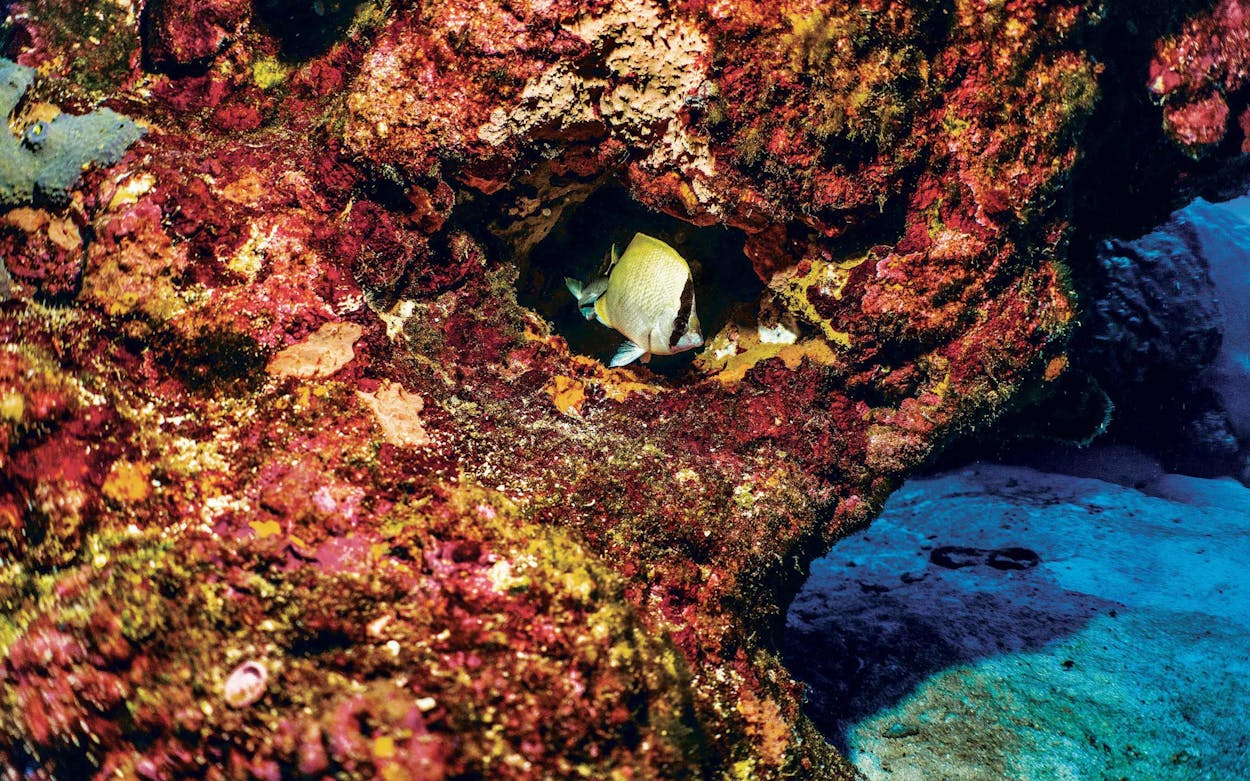
Protection and Regulations
Government Initiatives to Preserve Mexico’s Coral Reefs
Recognizing the importance of preserving its coral reefs, the Mexican government has implemented various initiatives to protect these fragile ecosystems. These include establishing marine protected areas, creating regulations for fishing practices, and promoting sustainable tourism. The government’s commitment to coral reef conservation is crucial in ensuring the long-term sustainability of these precious natural resources.
National Parks and Marine Protected Areas in Mexico’s Pacific Coast
Mexico’s Pacific coast is home to numerous national parks and marine protected areas, which play a vital role in safeguarding the country’s coral reefs. These protected areas, such as Cabo Pulmo National Park and Revillagigedo Islands Biosphere Reserve, restrict human activities to minimize the impact on the reefs and allow them to recover and thrive. Visiting these protected areas provides a unique opportunity to witness the beauty of Mexico’s coral reefs while supporting their conservation efforts.
Tourism and Sustainable Practices
Responsible Tourism in Mexico’s Coral Reefs
Tourism can have both positive and negative impacts on coral reefs. Responsible tourism practices, such as reef-friendly sunscreen use, proper waste disposal, and respectful behavior in the water, are essential in minimizing the impact on these delicate ecosystems. By being mindful of our actions and making sustainable choices, we can ensure that future generations can continue to enjoy the wonders of Mexico’s coral reefs.
Ecotourism and Local Communities
Ecotourism, which focuses on environmentally friendly and socially responsible travel, has the potential to benefit both the coral reefs and local communities. By supporting local businesses, engaging in cultural exchanges, and participating in community projects, visitors can contribute to the conservation of Mexico’s coral reefs while also enriching their own travel experiences.
Educational Programs and Research on Mexico’s Coral Reefs
Education and research are crucial components of coral reef conservation. By educating the public about the importance of coral reefs and conducting scientific research to better understand their ecosystems, we can develop effective conservation strategies. Supporting educational programs and research initiatives helps to generate knowledge and awareness about Mexico’s coral reefs and promotes their long-term protection.
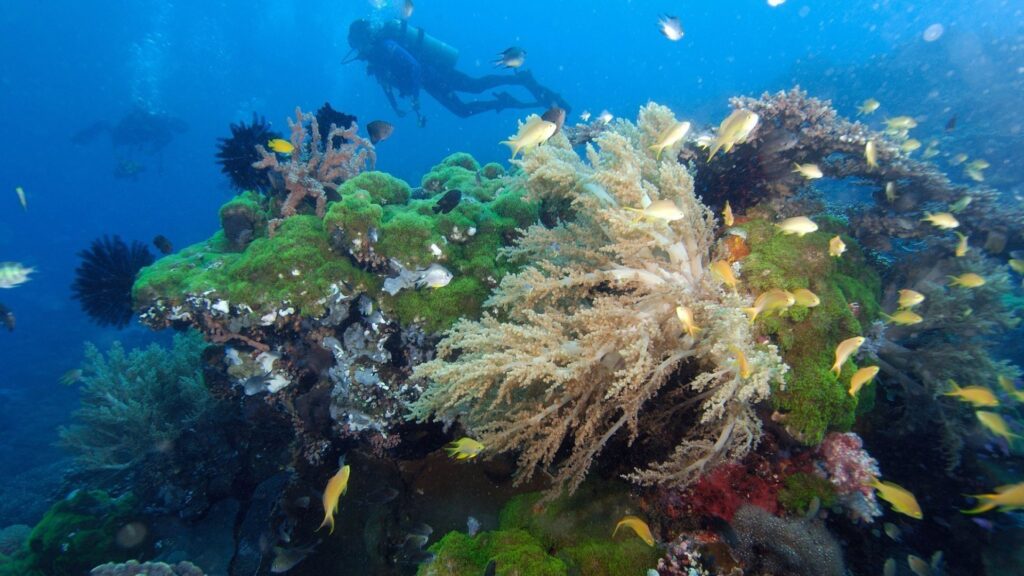
Discovering Mexico’s Pacific Coast
Top Dive Sites on Mexico’s Pacific Coast
Mexico’s Pacific coast offers an abundance of incredible dive sites for underwater enthusiasts. From Cabo San Lucas, known for its iconic rock formations and underwater canyons, to Socorro Island, famous for its encounters with large pelagic species, there is no shortage of thrilling dive experiences. Each dive site offers its own unique charm and promises to leave divers in awe of the underwater world.
Exploring the Surrounding Areas of Coral Reefs
While the coral reefs themselves are the main attraction, the areas surrounding them also offer plenty of opportunities for exploration. The coastal regions of Mexico are renowned for their stunning beaches, lush mangrove forests, and vibrant marine ecosystems. Whether you’re kayaking through mangrove channels, hiking in national parks, or simply lounging on the pristine beaches, the beauty of Mexico’s Pacific coast extends far beyond its coral reefs.
Experiencing the Wonders of Coral Reefs
Tips for Snorkeling and Diving in Mexico’s Pacific Coast
Before embarking on a snorkeling or diving adventure in Mexico’s Pacific coast, it’s important to ensure you have the necessary skills and equipment. If you’re new to snorkeling or diving, consider taking lessons or hiring a certified guide to ensure your safety and enjoyment. Remember to be respectful of the marine life and corals, never touch or harass them, and follow local guidelines and regulations.
Best Times to Visit and Weather Conditions
The best time to visit Mexico’s Pacific coast for snorkeling and diving is during the dry season, which generally spans from November to May. During this time, the weather is typically sunny and clear, providing optimal visibility underwater. However, it’s always a good idea to check local weather forecasts and consult with dive operators for up-to-date information on conditions and seasonal changes.
Local Culture and Cuisine
Immersing Yourself in the Vibrant Mexican Culture
Exploring Mexico’s Pacific coast isn’t just about the underwater wonders; it’s also an opportunity to immerse yourself in the vibrant Mexican culture. From visiting historic sites and indigenous communities to experiencing colorful festivals and traditional dances, there is no shortage of cultural experiences awaiting you. Engaging with the local customs, traditions, and people adds depth to your travel experience and allows you to gain a deeper appreciation for the richness of Mexican culture.
Delicious Seafood and Traditional Dishes
Mexico’s Pacific coast is known for its delicious seafood offerings. From fresh ceviche made with locally caught fish to grilled shrimp served alongside traditional Mexican sauces, the coastal cuisine is a treat for the taste buds. Don’t miss the opportunity to savor traditional dishes such as fish tacos, mole, and refreshing fruit-based beverages, which showcase the unique flavors of the region.
Supporting Sustainable Tourism
Choosing Resorts and Tour Operators Committed to Coral Reef Conservation
When planning your visit to Mexico’s Pacific coast, consider staying at resorts and choosing tour operators that are dedicated to coral reef conservation. Look for certifications and eco-labels that indicate a commitment to sustainability and responsible tourism practices. By supporting businesses that prioritize environmental protection and partner with local communities, you can contribute to the long-term preservation of Mexico’s coral reefs.
Participating in Community Projects and Initiatives
Another way to support coral reef conservation is to actively participate in community projects and initiatives. Many local organizations and communities host beach clean-ups, coral restoration projects, and educational programs, allowing visitors to contribute to the preservation of these precious ecosystems. By getting involved and making a positive impact, you can leave a lasting legacy that benefits both the coral reefs and the local communities.
Conclusion
As we have explored in this article, the coral reefs along Mexico’s Pacific coast are a true marvel of nature. From their vibrant marine life and exotic coral species to their vital role in maintaining ocean health, these reefs offer an awe-inspiring experience for underwater enthusiasts. It is our responsibility to appreciate and protect these fragile ecosystems by supporting sustainable tourism practices, engaging in conservation efforts, and ensuring future generations can continue to explore and admire the breathtaking beauty of Mexico’s Pacific coast coral reefs. So, pack your snorkel or dive gear, immerse yourself in the wonders of the underwater world, and embark on an unforgettable journey along Mexico’s Pacific coast.
